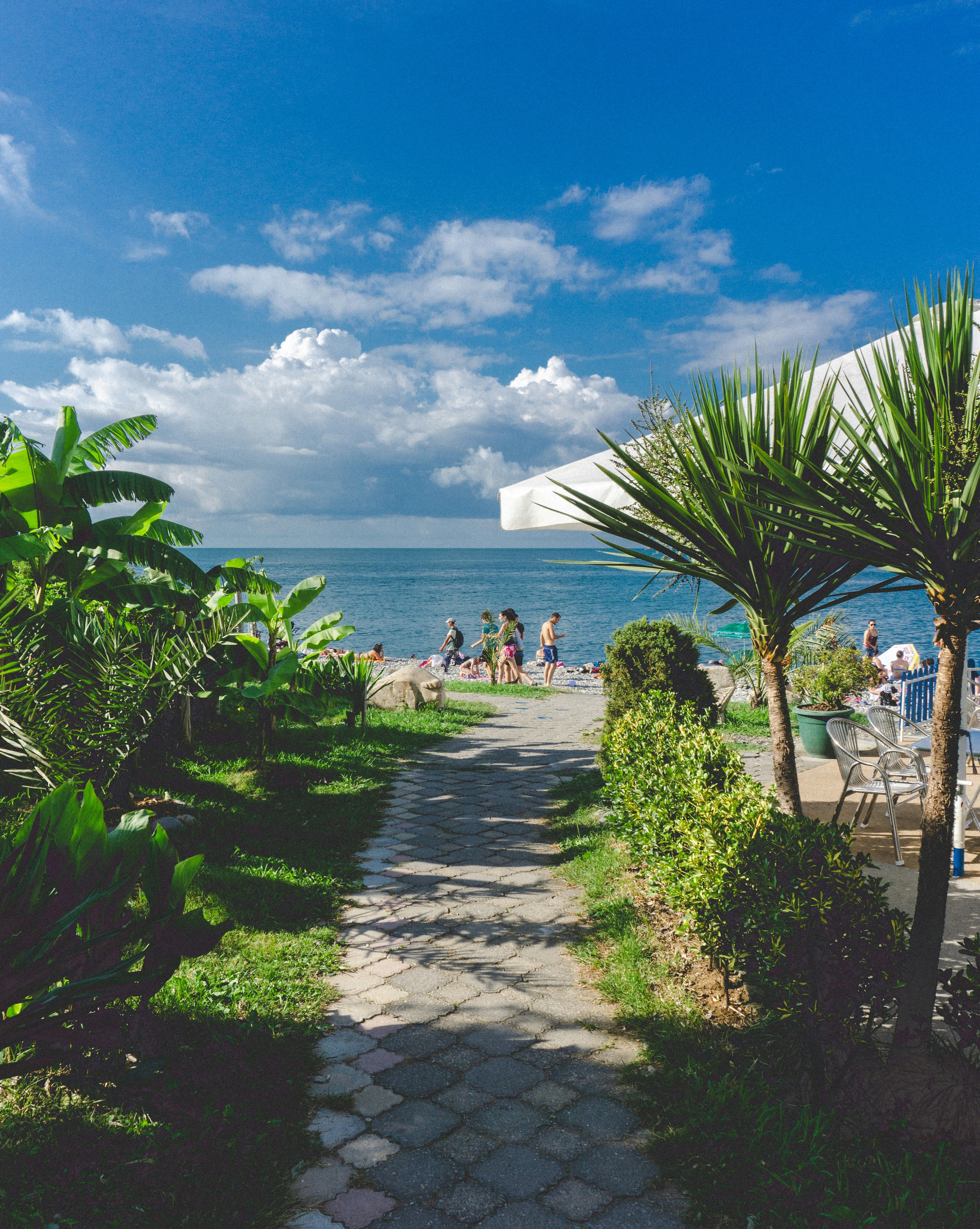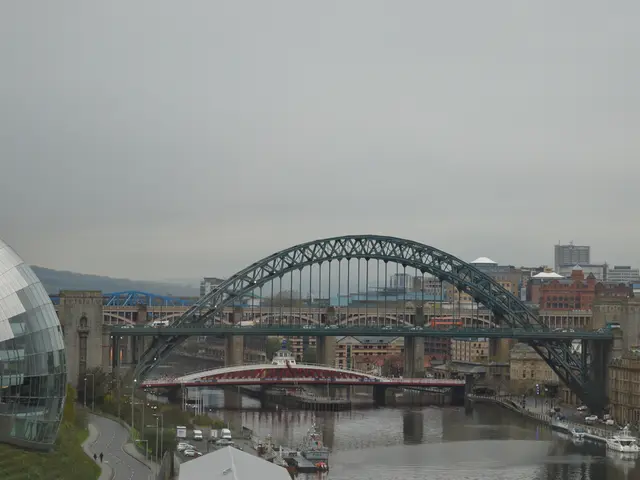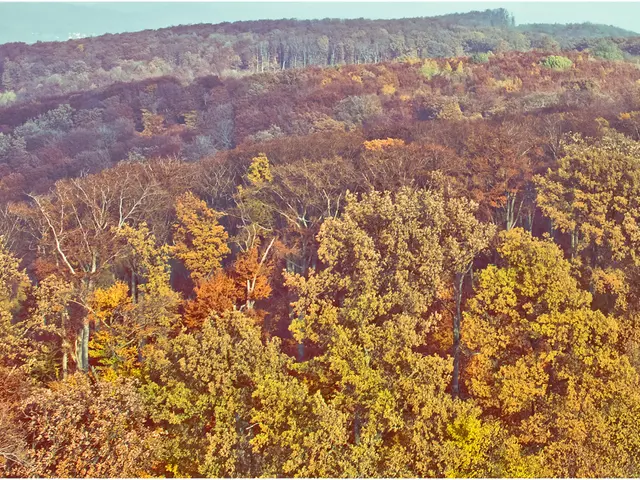Military forces under the German Luftwaffe allegedly intentionally bombed their own city, resulting in the death of numerous children at the hands of their mothers.
Some Final Battles in the Peene Valley: Surviving the End of World War II
Hello there! Let's talk about the end of World War II in the peaceful Vorpommern region, specifically focusing on the Peene Valley and the towns along it. Our guide, Stefan Hoeft, knows this region like his pocket, and he's got some fascinating insights about what happened here 80 years ago.
The Silent Spare Turned Battleground
Up until now, the region had been relatively unscathed. But as the Eastern Front approached and the Red Army launched its final major offensive on Berlin on April 16, 1945, the Peene Valley became a battleground.
Targeted Towns
Anklam and Tutow, both with significant military facilities, had been targeted earlier. Anklam was bombed three times due to its Arado aircraft factory and airforce base, while Tutow was established as a new airbase in the mid-1930s and was targeted by allied bombing squadrons.
The Red Army on the Move
The man who played a key role in the victory at Stalingrad, Marshal Konstantin Rokossovsky, was ordered to advance as far as Rostock, Wismar, Schwerin, and the Elbe, and to occupy the Baltic islands. Rokossovsky's forces swiftly overcame the numerous but partly depleted and inexperienced German troops, who were no match for the battle-hardened soldiers under his command.
Final Days in Anklam
The fortified town of Anklam, held by some military units, was targeted to prevent the troops concentrated on Usedom-Wollin from being cut off. On the morning of April 29, the Soviet units advancing on a broad front quickly captured the airport and reached the Peene, damaging the road bridge over the river. However, engineers quickly built a ponton crossing, allowing the enemy to cross.
German artillery tried to prevent the crossing and also fired on the enemy within the city, causing significant damage, including setting the magnificent Nikolaikirche on fire. The end of the war brought apocalyptic scenes to Anklam, with strong bombing attacks and arson destroying large parts of the old town.
Jarmen, a Brief Moment of Calm
Slightly further north, in Jarmen, residents prepared white flags or bedsheets as a sign of surrender and hung them from the church tower. Shortly after 8 a.m., the first small cavalry units appeared, and a Soviet officer rode down the main street, followed by infantry advancing in skirmish formation. For the most part, residents of Jarmen didn't see any tanks that day.
Dramatic Events in Demmin
In neighboring Demmin, a dead-end situation arose when the Wehrmacht had blown up the bridges on their retreat the day before. This coincided with the eve of May 1, one of the greatest holidays of the victorious nation. The excessive alcohol consumption associated with it promoted assaults and arson, resulting in several attacks, shooting incidents, and the burning of the central old town.
A kind of mass psychosis developed, claiming hundreds of lives in what historians speak of as the largest mass suicide in German history, per capita, and the most extensive infanticide – mostly committed by their own mothers.
Loitz's Peaceful Surrender
Contrastingly, the calm and courage of Carl Winter, the then-superintendent of Loitz, likely helped this town escape significant damage. He managed to peacefully surrender to the Soviet commander and prevented his town from suffering extensive damage.
That's a glimpse into the chaotic final days in the Peene Valley. It's a stark reminder of the far-reaching consequences of war and the importance of empathy, courage, and unity in difficult times.
Let's delve further into the events beyond the Peene Valley. In the realm of politics and legislation, the end of World War II in the region stirred emotions that led to changes, with new policies and laws being enacted to prevent future conflicts.
In a contrasting vein, incidents unrelated to war also surfaced. Reports of car accidents and fires, seemingly ordinary mishaps, began to emerge as life gradually returned to normalcy.
The world beyond the battlefield wasn't immune to turmoil. News of crime and justice cases started to circulate, highlighting the challenges in maintaining law and order in times of crisis.
As we move forward, it's essential to keep abreast of general news, not just war-and-conflicts updates, for a comprehensive understanding of the world's ongoing developments. This holistic approach helps us navigate through challenges and foster a spirit of unity.








